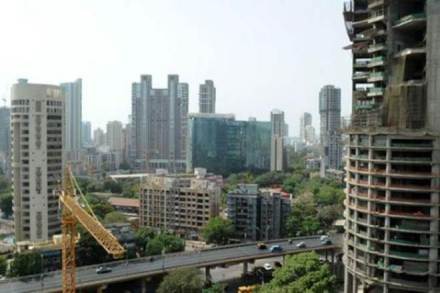By Ravish Kapoor
The Indian real estate is the second largest employer after agriculture and is scheduled to grow at 30 per cent over the next decade. The sector comprises of four sub sectors — housing, retail, hospitality, and commercial. Out of all the four sub sectors mentioned above, commercial real estate has been attracting increased attention from investors for some time now. Regulatory restrictions had till now restricted foreign investment into the space. However, the liberalized framework has resulted in increased investment into the commercial space. As per recent reports, foreign investment in real estate in India was approximately $5.6 bn in 2016, out of which approximately 40% of the investment was in the commercial space. This denotes a major shift in the asset allocation for funds towards the commercial real estate, which stood at approximately 21% in 2015.
Commercial real estate in key cities like Mumbai, Bengaluru, Kolkata, NCR, Chennai, Ahemdabad, Hyderabad and Pune has witnessed growth because of various reasons such as location, accessibility, infrastructure, transport facility, and sewage & drainage systems. Metro cities have accounted for 59.71% of the total commercial space demand in the country, as per the Indian Brand Equity Foundation.
The government’s investment campaign of ‘Make in India’ is providing a major boost to real estate assets such as warehouses, industrial assets, and logistics assets which form a part of the commercial real estate. The increasing attention garnered by commercial assets has also been a result of the slowdown in the residential property space. After the arrival of RERA, housing launches have shrunk. As per recent reports, residential project launches in Q1FY2017 have fallen by 16-24% from Q1FY2016, due to the enactment of RERA.
So far as returns are concerned, commercial assets have given better returns to investors. Grade B commercial assets are offing 7-9% return to investors, which goes up to 9-11% in case of Grade A commercial assets. Combined with modest capital appreciation of 4-6%, commercial assets offer a reasonable rate of return, with relatively lower risk than in case of residential assets.
Real estate consultant JLL India had some time back predicted that in 2017 about 38-40 million sq ft of new commercial space is expected to be added mainly due to more investment in infrastructure. A paradigm shift in commercial space leasing is likely to increase demand, as firms that historically bought space prefer leasing to accommodate the changing needs.
Many realty developers have also said that cash flows accrued mainly from the commercial real estate in the last four quarters. Meanwhile, for the large pan-India players, residential business may take a few more quarters to generate strong cash flows. The impact of demonetisation that has kept buyers in abeyance may lead to lower sales for some time. Whatever be the case, the commercial space which offers better and stable returns seems to be fast becoming the preferred choice for investors and also has a brighter future ahead.
(The author is Director, Elan Group)
